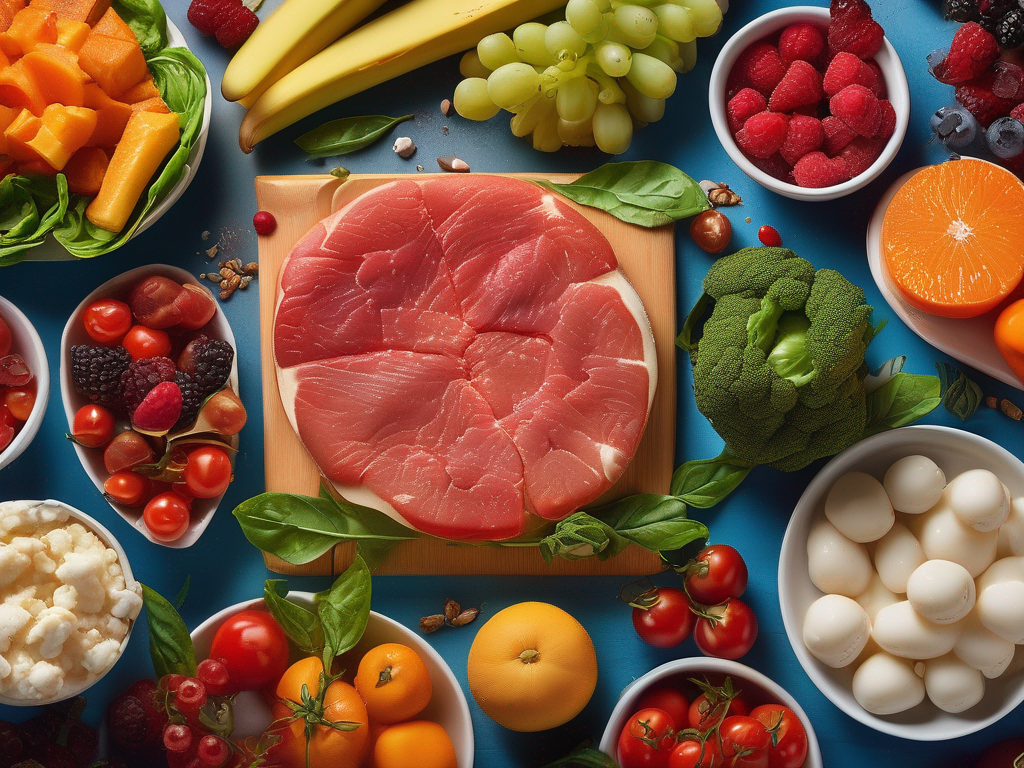
Comprehensive Food Storage Guidelines for Restaurants
Get Your Free Food Safety Cheat Sheet
30 most common foods with instant answers. Print it and stick it on your fridge—completely free!
Comprehensive Food Storage Guidelines for Restaurants
In the restaurant industry, proper food storage is crucial to maintaining food safety, quality, and compliance with regulations. Improper food storage can lead to foodborne illnesses, wastage, and financial losses. By following food storage guidelines, restaurants can ensure that the food they serve is safe and of high quality. In this blog post, we will discuss essential food storage guidelines for restaurants to help them maintain food safety standards.
Importance of Proper Food Storage
Proper food storage is essential for several reasons:
1. Preventing Foodborne Illnesses
Storing food at the correct temperature and in the right conditions helps prevent the growth of harmful bacteria and pathogens that can cause foodborne illnesses.
2. Maintaining Food Quality
Proper storage practices help preserve the flavor, texture, and nutritional value of food, ensuring that customers receive high-quality meals.
3. Compliance with Regulations
Following food storage guidelines is necessary to comply with food safety regulations and standards set by health authorities.
Food Storage Guidelines for Restaurants
To ensure food safety and quality, restaurants should follow these food storage guidelines:
1. Temperature Control
- Keep refrigerators at or below 40°F (4°C) and freezers at 0°F (-18°C) to prevent bacterial growth.
- Use separate refrigerators for raw and cooked foods to avoid cross-contamination.
- Regularly calibrate thermometers to ensure accurate temperature readings.
2. Storage Containers and Labels
- Use food-grade containers that are durable, leak-proof, and easy to clean.
- Label all food containers with the date of preparation and expiration to track freshness and prevent serving expired food.
- Store food items in airtight containers to maintain freshness and prevent odors from spreading.
3. Organization and Rotation
- Implement a first-in, first-out (FIFO) system to use older food items before newer ones.
- Organize food items by category and designate specific storage areas for each type of food.
- Regularly inspect and rotate food stock to prevent spoilage and wastage.
4. Hygiene and Sanitation
- Clean and sanitize storage areas regularly to prevent the growth of mold, bacteria, and pests.
- Train staff on proper hygiene practices and food handling procedures to minimize contamination risks.
- Use separate cutting boards and utensils for raw and cooked foods to prevent cross-contamination.
5. Pest Control
- Seal all entry points and gaps to prevent pests such as rodents and insects from entering the storage areas.
- Store food items off the floor and away from walls to discourage pests from nesting.
- Implement a pest control program and schedule regular inspections to ensure a pest-free environment.
Conclusion
Proper food storage is a fundamental aspect of maintaining food safety and quality in restaurants. By following the food storage guidelines outlined in this blog post, restaurants can minimize the risk of foodborne illnesses, ensure compliance with regulations, and deliver high-quality meals to their customers. Implementing robust food storage practices requires a combination of proper temperature control, storage containers, organization, hygiene, and pest control measures. By prioritizing food safety and quality, restaurants can build trust with their customers and create a positive dining experience. Remember, when in doubt, always consult with a food safety expert or regulatory authority to ensure compliance with food safety standards.
Authoritative Food Safety References
These agencies and university labs inform every tip and health precaution we publish.
USDA FoodKeeper – Cold Storage Guidelines
Official refrigerator, freezer, and pantry timelines maintained by the U.S. Department of Agriculture.
Visit USDA FoodKeeperFDA Produce Safety Rule & Grower Guidance
Field-to-fridge handling practices that prevent contamination of fruits, vegetables, and leafy greens.
Visit FDA Produce SafetyCDC Foodborne Illness Prevention Hub
Surveillance-backed guidance on pathogens, symptoms, and steps to reduce foodborne illness risk.
Visit CDC Food SafetyUC Davis Postharvest Technology Center
University research detailing optimal storage atmospheres for produce after harvest.
Visit UC Davis PostharvestPenn State Extension – Home Food Preservation & Safety
Peer-reviewed extension bulletins on safe canning, chilling, and reheating practices.
Visit Penn State ExtensionGet Your Free Food Safety Cheat Sheet
30 most common foods with instant answers. Print it and stick it on your fridge—completely free! Want more? Upgrade to the complete guide with 70+ foods.
Scan your food directly and get instant safety info using our AI-powered camera feature.